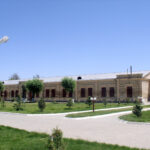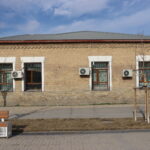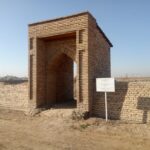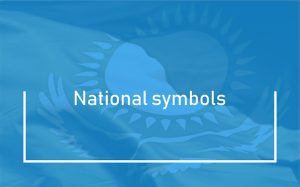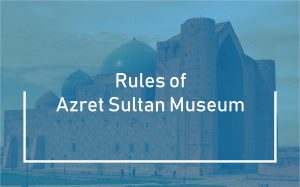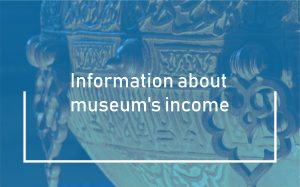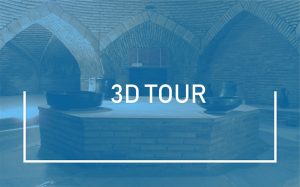Many sources say that Rabiya Sultan Begim and Abulkhair khan had two sons: Kushkenshi and Suinish. Kushkenshi was khan until 1530. He constructed a mausoleum for Rabiya Sultan Begim, his mother. At the same time, as per information in book “Tarikh-i-Rashidi” written by Muhammad Haidar Dughlat: “Authority in Uzbek state was exercised according to the traditions of Turkic statehood. Which means that authority was not shifted from father to the son, but from the oldest of ruling dynasty”. In 1495, Shaybani seized cities of Samarkan, Otrar, Sairam, Yassu (Turkestan) from Timurid dynasty and made Samarkan the capital. He passed the reins of Tashkent and Turkestan cities to his uncles Kushkenshi and Suinish-khodja. Shaybani died in 1510 and the authority taken over by Suinish-khodja. However, at that time, elderly Kushkenshi khan was considered to be the state ruler. He ruled the state up to year 1530, and after SuinishKhodja’s death in 1525, powers taken over by Ubaydullah, the nephew of Shaybani Khan. Kushkenshi khan was very discreet, kind and religious, had a passion to Sufi literature and history. He ordered to translate Rashid-al-Din, Sharaf-ad-Din Yazdi writings from Tajik to Uzbek language. It is anticipated that Kushkenshi khan constructed the mausoleum of Rabiya Sultan Begim. “According to tradition, in 1510 the son of Abulkhair Khan, Suinish-khodja took over the throne after death of Muhammad Shaybani. However, the same year after Suinish-Khodja khan died, Kushkenshi, the second son of Abulkhair Khan became a ruler. He was Rabiya Sultan Begim’s son, the daughter of Ulugh Beg. Kushkenshi khan was on throne of Uzbek state from 1510 to 1530. After his death, Abu said, his son becomes a khan. In 1533, the great Ubaidullah becomes the ruler”. (Muhammad Haidar Dughlat, 2003: 380). After Kushkenshi khan died, he was buried nearby mausoleum of Khodja Ahmed Yasawi.
KUSHKENSHY KHAN ABULKHAIR ULY


